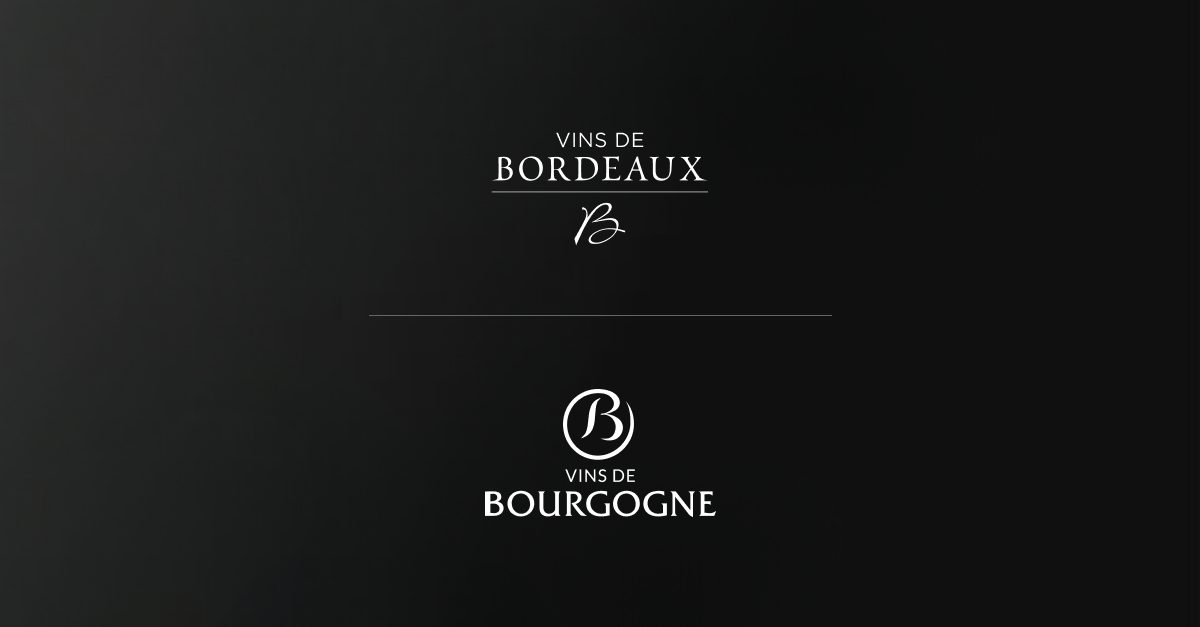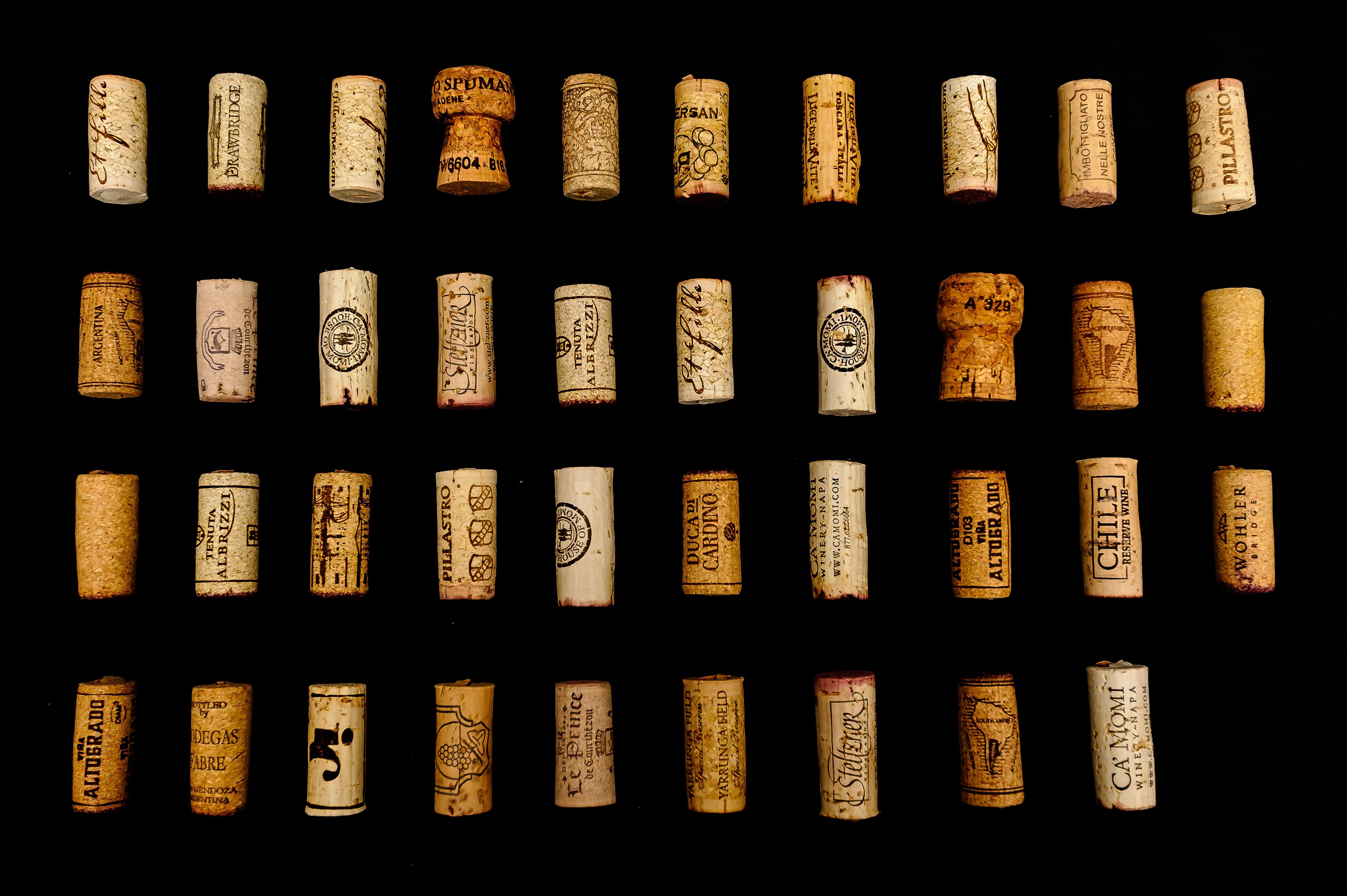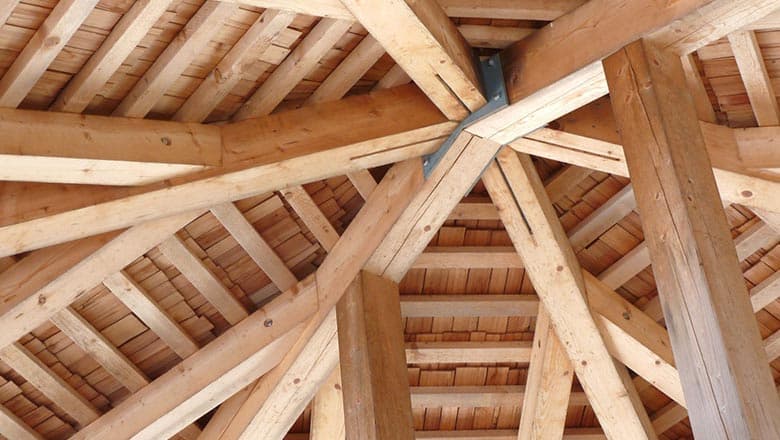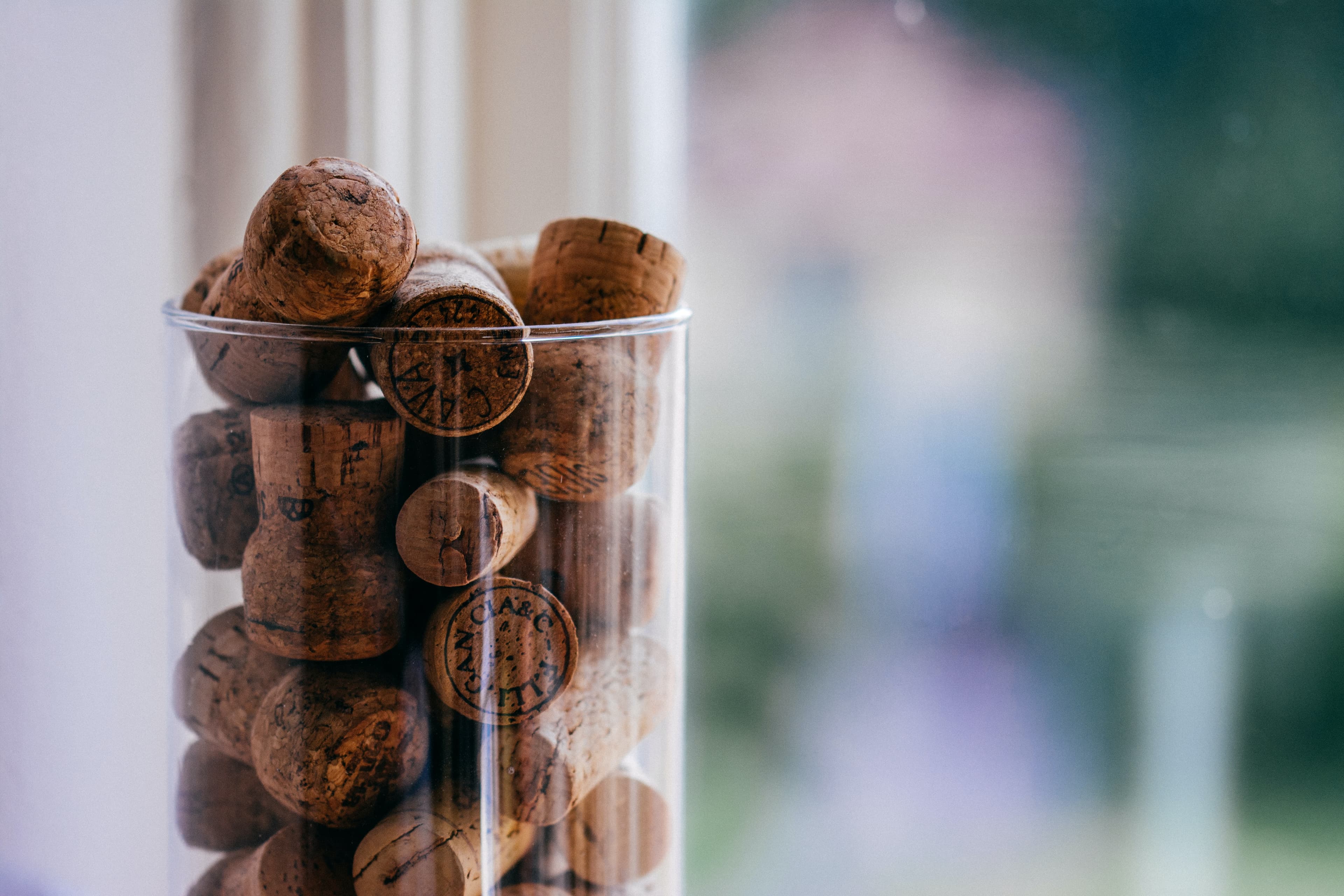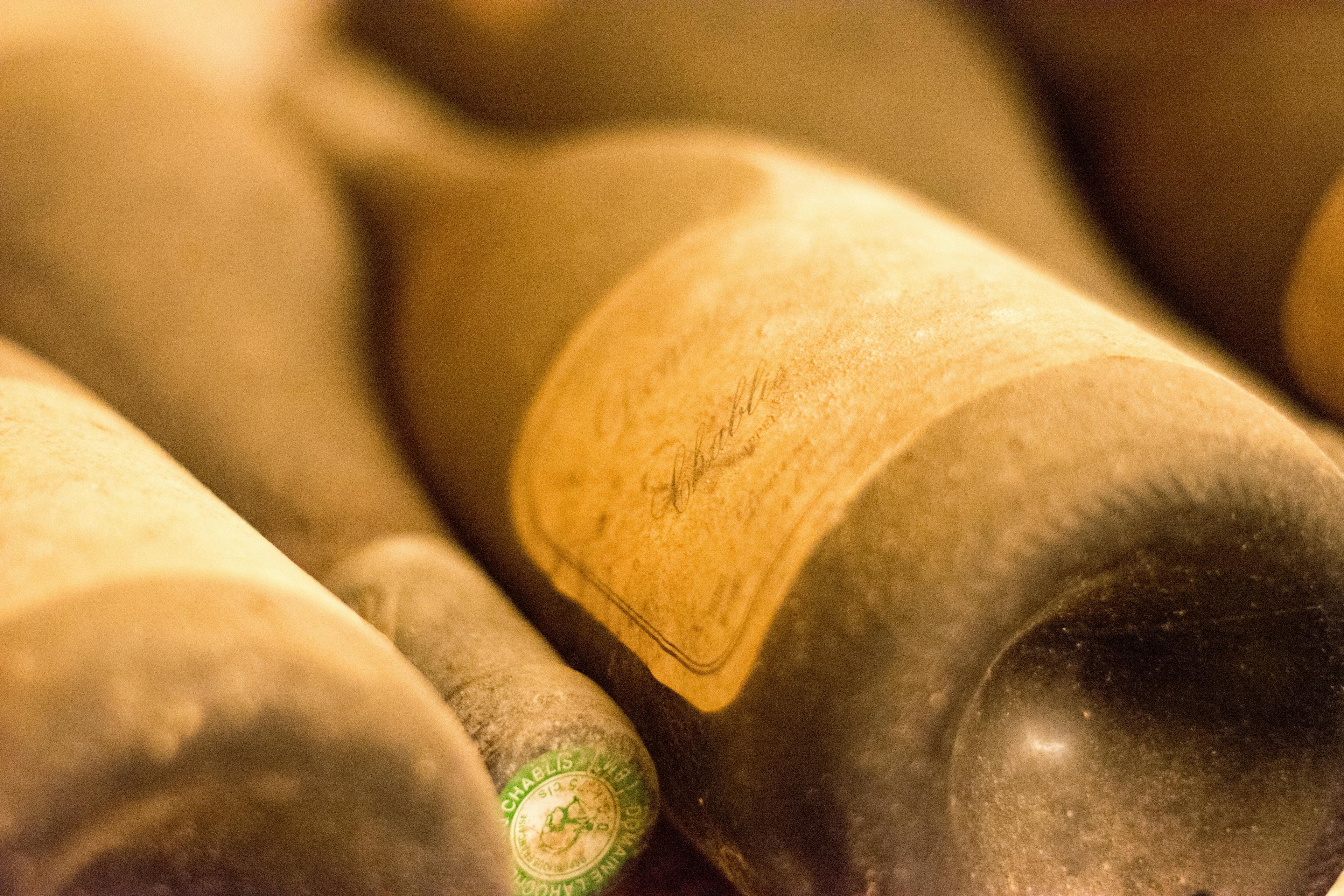
Storing fine wines like Tenuta San Guido requires specific conditions to maintain their exquisite quality and taste. Proper storage is crucial for preserving the wine's integrity and ensuring it ages gracefully. Factors such as temperature, humidity, light exposure, and positioning all play pivotal roles in the storage process. In this article, we'll explore the best practices for keeping your Tenuta San Guido in optimal condition, ensuring that each bottle remains perfect for future enjoyment. Whether you're a seasoned collector or a new enthusiast, understanding these storage principles is essential for any wine connoisseur.
Ideal Storage Conditions: Temperature and Humidity
When storing Tenuta San Guido, maintaining the right temperature and humidity is crucial for preserving its quality and ensuring optimal enjoyment. The ideal temperature range for this wine is between 12°C and 15°C (53°F to 59°F). Fluctuations beyond this spectrum can lead to premature aging or spoilage.
Humidity also plays a significant role in wine preservation. The recommended humidity level for a wine cellar is between 60% and 70%. Levels lower than this can cause the cork to dry out, allowing air to seep into the bottle and spoil the wine. Conversely, excessive moisture may promote mold growth, which could damage not only the labels but potentially the cork and the wine itself.
Avoid direct sunlight: UV rays can degrade and prematurely age wine.
Ensure good air circulation: This helps to maintain a stable environment and prevents mold.
Keep the storage area vibration-free: Vibrations can disturb the sediment in wine, disrupting its natural aging process.
Positioning: How to Orient the Bottles
When storing bottles of Tenuta San Guido, positioning plays a crucial role in maintaining the wine's quality and longevity. Ideally, bottles should be stored horizontally in a wine rack or cellar. This orientation keeps the cork moist, which is essential for preventing air from entering the bottle and potentially spoiling the wine. Additionally, ensure that the storage area is free from vibrations, as constant movement can disturb the sediments in the wine, affecting its natural aging process.
Temperature Stability: Keep the storage area at a consistent temperature, ideally between 55°F and 65°F. Fluctuations can cause the wine to expand and contract, damaging the cork and the wine itself.
Humidity Control: Aim for a humidity level of about 70%. This prevents the cork from drying out while discouraging mold growth.
Light Exposure: Store the wine in a dark place, as UV rays can degrade and prematurely age the wine.
Accessibility: Arrange the bottles in a way that you can easily access them without disturbing the others. This is particularly useful when selecting a bottle to enjoy with various food pairings.
Light Exposure: Protecting the Wine from UV Rays
Exposure to light, particularly UV rays, can significantly degrade the quality of Tenuta San Guido wines. To ensure your wine remains in pristine condition, consider these protective measures:
Store in a Dark Environment: Keeping your bottles in a dark place helps prevent the harmful effects of UV rays. Wine cellars or cabinets designed to block out light are ideal for this purpose.
Use UV-Protective Glass: If your storage area is exposed to some light, consider investing in UV-protective glass. This specialized glass can filter out damaging rays while allowing you to display your collection.
Opt for Boxes or Covers: Storing wine in its original box or using a protective cover can shield it from light exposure. This is a practical solution for those who do not have access to specialized storage facilities.
Understanding these facts about light exposure and wine storage can greatly enhance the longevity and flavor of your Tenuta San Guido. Always prioritize minimal light exposure to maintain the integrity of the wine.
Vibration and Its Effects on Wine Storage
Vibration can significantly impact the quality of wine, particularly when it comes to long-term storage. For wines like Tenuta San Guido, maintaining a stable environment is crucial to preserve their taste. Vibrations can cause chemical reactions within the wine, leading to premature aging and the development of unwanted flavors.
Constant Movement: Even slight vibrations from nearby roads or heavy appliances can disturb the sediment in wine bottles. This results in a gritty texture and can obscure the natural flavors.
Chemical Balance: Frequent shaking of the bottle disrupts the delicate balance of chemicals in the wine. It accelerates oxidation, which diminishes the wine’s freshness and can alter its aroma and flavor profile.
Structural Integrity: Prolonged exposure to vibrations can weaken the physical structure of the wine, affecting the tannins and ultimately the mouthfeel.
To mitigate these effects, it is advisable to store bottles in a vibration-free environment. Opt for specialized wine racks or cabinets that are designed to absorb shock. Ensuring your Tenuta San Guido is kept in such conditions helps in maintaining its integrity and enhancing its aging potential.
Long-Term vs. Short-Term Storage Strategies
When considering the storage of Tenuta San Guido, it's essential to differentiate between long-term and short-term strategies. Each approach caters to preserving the unique craftsmanship that defines this prestigious wine.
Long-Term Storage: Ideal for collectors and enthusiasts looking to age their wine, this method focuses on maintaining a stable environment. Key factors include a consistent temperature around 55°F, controlled humidity levels of about 70%, and minimal light exposure. Bottles should be stored horizontally to keep the cork moist, which prevents air from entering the bottle and spoiling the wine.
Short-Term Storage: Suitable for those who plan to consume their wine within a few months to a couple of years. While the temperature and humidity considerations remain similar, there is more flexibility. Short-term storage does not necessarily require darkness or horizontal placement, making it more adaptable for regular wine drinkers without specialized storage facilities.
Both strategies ensure that the integrity and flavor profile of the wine are preserved, allowing enthusiasts to fully experience its depth and complexity when the time is right.
Tools and Technologies for Proper Wine Storage
When considering the storage of Tenuta San Guido, especially the popular vintages, it's crucial to utilize the right tools and technologies to maintain their quality. Wine requires specific conditions to age gracefully, and without proper equipment, you risk damaging your valuable collection.
Temperature Control Systems: Consistent temperatures are vital for wine storage. Systems like a wine refrigerator or a climate-controlled cellar help in maintaining an ideal range of 55-58 degrees Fahrenheit, which is perfect for aging wines.
Humidity Controllers: Too much or too little moisture can spoil wine. Aim for a humidity level of about 70%. Devices that manage this aspect ensure corks remain expanded, preventing oxidation and contamination.
Vibration Reduction Shelves: Vibrations can disturb the sediment in wine, affecting its aging process. Anti-vibration shelving or racks are designed to minimize this risk, providing a stable environment for the wines to rest.
UV Protection: Wine is sensitive to light, particularly UV rays which can degrade and prematurely age it. Using UV-filtered glass doors or storing bottles in dark, opaque places protects them from light exposure.
Implementing these technologies will help safeguard your investment in fine wines, ensuring they develop their intended flavor profiles and complexities over time.
Common Storage Mistakes and How to Avoid Them
Storing Tenuta San Guido requires careful attention to avoid common pitfalls that can compromise its quality. One frequent mistake is exposing the wine to fluctuating temperatures. To prevent this, store your bottles in a stable environment where the temperature remains consistent. Ideally, this should be around 55°F (13°C).
Another error is improper positioning of the wine. Always keep bottles horizontal to ensure the cork remains moist, which is crucial for maintaining its seal and preventing oxidation. Vertical storage can dry out the cork, leading to air seepage and spoilage of the wine.
Light exposure is also detrimental, particularly direct sunlight, which can degrade the quality of Tenuta San Guido rapidly. Opt for a dark storage space or use a cover to shield your wine from light.
Humidity levels are important as well; too low, and the cork may dry out, too high, and mold could develop. Aim for a humidity around 70% to keep conditions optimal.
Lastly, vibrations from heavy traffic or appliances can disturb the sediment in wine, potentially affecting its maturation process. Choose a calm, vibration-free area for storage.
For more detailed insights, consider exploring the history of Tenuta San Guido to appreciate the nuances of its storage needs.
Creating the Perfect Wine Cellar Environment
Creating the perfect wine cellar environment for Tenuta San Guido involves understanding the specific characteristics that make these wines unique. To ensure optimal aging and preservation, several key factors must be considered:
Temperature Control: Maintain a constant cellar temperature between 12°C and 14°C. Fluctuations can accelerate aging or cause harmful chemical reactions.
Humidity Levels: Aim for a humidity level of about 70%. This prevents cork drying and minimizes the risk of oxidation.
Light Exposure: Keep the cellar dark as much as possible. UV rays can degrade wine by breaking down its complex molecules.
Vibration Minimization: Ensure the storage area is free from vibrations. Frequent movement can disturb sediment in the bottle, potentially affecting the wine’s flavor and texture.
Proper Shelving: Invest in quality wine racks that hold bottles horizontally. This position keeps the cork moist, ensuring a tight seal.
Air Quality: Good ventilation helps prevent mold growth and maintains a neutral odor in the cellar, safeguarding the wine’s natural bouquet.
By meticulously managing these elements, your Tenuta San Guido collection will mature gracefully, developing richer flavors and aromas over time.
Insurance and Security for Your Wine Collection
When considering the protection of your Tenuta San Guido collection, both insurance and security measures are paramount. Firstly, obtaining a comprehensive insurance policy tailored for valuable wine collections can mitigate financial losses in case of theft, natural disasters, or accidental damage. Ensure that the policy specifics align with the total value of your collection and update it regularly as you add more bottles.
For security, investing in a high-quality wine storage unit is crucial. These units not only maintain optimal conditions for wine preservation but also come equipped with advanced security features such as biometric locks and surveillance cameras. Additionally, consider the location of your storage unit; it should be in a low-traffic area to minimize exposure to potential threats.
Lastly, maintaining detailed records of your wine inventory can be invaluable, especially when you need to serve a claim or assess the value of your collection. Use a digital tool or app designed for wine collectors to keep track of purchase dates, prices, and tasting notes for each bottle. This organized approach not only enhances the security of your investment but also makes managing your collection more efficient.
When to Drink: Assessing Bottle Maturity
Assessing the maturity of a Tenuta San Guido bottle, particularly the renowned Sassicaia, is crucial for optimal enjoyment. Here are some guidelines to help determine the best time to open your wine:
Vintage Year: Check the vintage chart for Sassicaia. Some years mature faster than others. Typically, Sassicaia reaches its peak between 10 to 20 years after the vintage, depending on the conditions of that particular year.
Storage Conditions: If the wine was stored in a controlled environment, such as a wine cellar at consistent temperatures and humidity levels, it might mature more gracefully. Fluctuations can accelerate aging, sometimes detrimentally.
Wine Reviews and Recommendations: Consult expert reviews and tasting notes. Critics often provide a drinking window, indicating when the wine is expected to be at its best.
Personal Taste Preference: Some enthusiasts prefer the vibrant fruit flavors present in younger wines, while others appreciate the complexity and smoothness that develops with age.
Trial and Error: If you own multiple bottles, consider opening one to gauge its development. This can provide a personal insight into whether to let the others age further or enjoy them sooner.
Conclusion
In conclusion, storing Tenuta San Guido wines, such as the esteemed Sassicaia, requires careful consideration of factors like temperature, humidity, light exposure, and positioning. By maintaining a consistent temperature around 12-14°C, ensuring relative humidity levels are kept at 70%, protecting bottles from light, and storing them horizontally, you can preserve the integrity and enhance the aging potential of these fine wines.
At Rekolt, we understand that not every wine enthusiast has the capability or resources to create an ideal home cellar. That's why we offer a specialized service that eliminates these worries. Our professional cellar storage solutions are designed to ensure that your investment in fine wines like Tenuta San Guido is protected under optimal conditions. Moreover, our storage facilities are not just about preservation but also about convenience. With Rekolt, you have the flexibility to resell and trade wines effortlessly, tapping into a network of wine lovers and collectors.
Choosing Rekolt’s professional cellar services means giving your fine wines the care they deserve while maintaining the ease to manage your collection without personal logistical hassles. Whether you're a seasoned collector or a new enthusiast, our services provide peace of mind and an assurance that your wines will mature perfectly, ready to be enjoyed at their peak or sold to other connoisseurs. Let Rekolt handle the complexities of wine storage, so you can focus on the pleasure of collecting and enjoying fine wines.
Share this article
